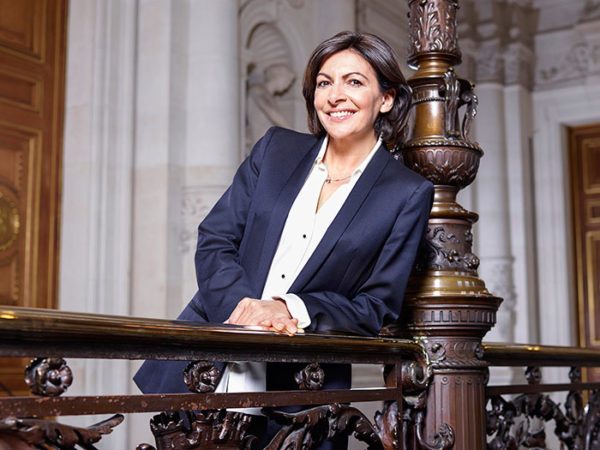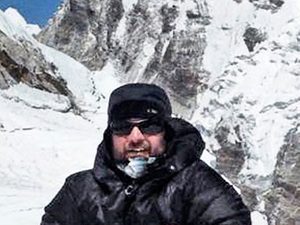Good News
Some of the positive stories coming our way.

Green plan for Paris squares
Cities As part of her stated aim to “reinvent” the city, Paris mayor Anne Hidalgo (shown here) plans to transform seven major squares in the French capital. Over the next four years, they will become both greener and more pedestrian- and cyclist-friendly. “This is about rediscovering the history of Paris and its squares,” she says. The squares in question are Place de la Bastille, Place de la Nation, Place du Panthéon, Place d’Italie, Place de la Madeleine, Place Gambetta and Place des Fêtes. In each case, what is currently a space dominated by cars will become a pedestrian haven, often with the addition of trees and green spaces. Hidalgo has set a budget of €30 million for the project, which some say is optimistic, as a similar scheme by her predecessor to transform the Place de le République cost €24 milllion. The plan is one of many introduced by the mayor to cut the number of cars in the capital. Other schemes include making the Champs-Elysées car- free one Sunday a month and an annual car-free day.
Startup tackles food waste
Food According to the United Nations Food and Agriculture Organisation, around one-third of all the food produced around the world goes to waste. But now an ambitious startup based in Bremen, Germany, has developed a novel way of addressing the problem. FoPo’s idea is to collect fruit and vegetables that would otherwise be discarded and freeze-dry them into powder, thus extending their shelf life by up to two years. “It’s an absurd situation that in the 21st century so much of the world’s food is wasted while 800 million people go hungry,” says FoPo’s co-founder Gerald Perry Marin, a graduate in food innovation and product design who founded the company with two fellow students. During trials in the Philippines, FoPo has been using surplus pineapples and mangos supplied by local farmers. The powder retains between 30 and 80 per cent of its nutritional value and can be used in baking, for making smoothies, or just sprinkled on ice cream or yoghurt.
The ozone hole is healing
Environment The hole in the ozone layer above the Antarctic, long a symbol of the harm that mankind is doing to the environment, has started to heal, according to a study in the journal Science that suggests restrictions on the use of ozone-depleting chemicals have been effective. “It’s really a remarkable achievement for society,” says the report’s lead author, Professor Susan Solomon of MIT.

Heroes
Rescue on Everest Just 500 metres from the summit of Everest, British climber Leslie Binns was hours away from scaling the world’s highest peak. But he turned back to save the life of a fellow mountaineer. When the twice-decorated ex-serviceman (pictured) came upon Indian climber Sunita Hazra, who had run out of oxygen and was unable to descend on her own, he decided he had to help. “I told my Sherpa we were not going up and that we would give Sunita my spare oxygen bottle and take her down,” says Binns, 42, who lost the sight in one eye while serving in Afghanistan. After an arduous and dangerous descent, he managed to get her back to his camp. “He’s the reason why she is still alive now,” said Hazra’s brother, Kingshuk Chatterjee. “He is a very brave man.” Binns says simply, “I am immensely proud that I helped Sunita.”



